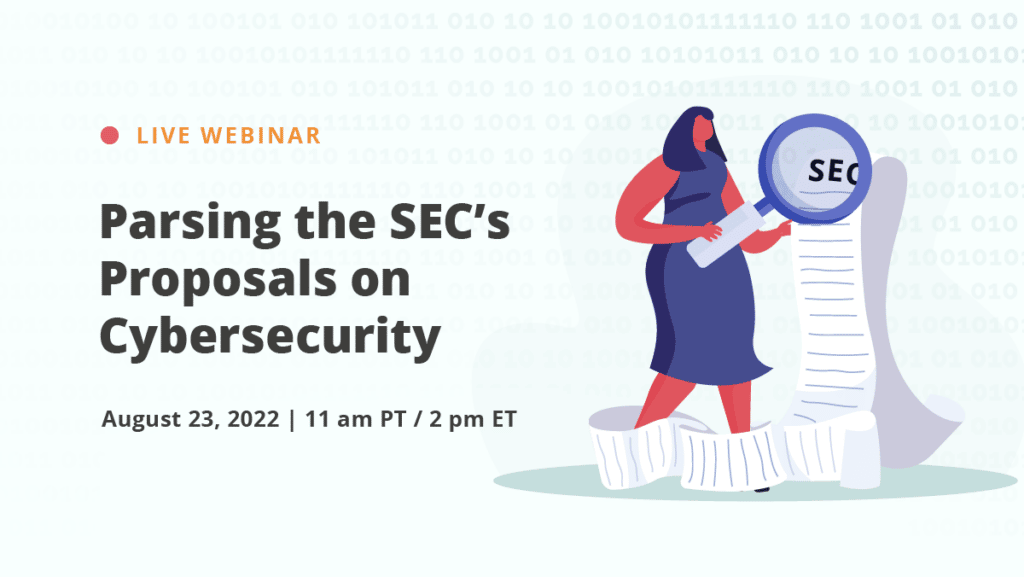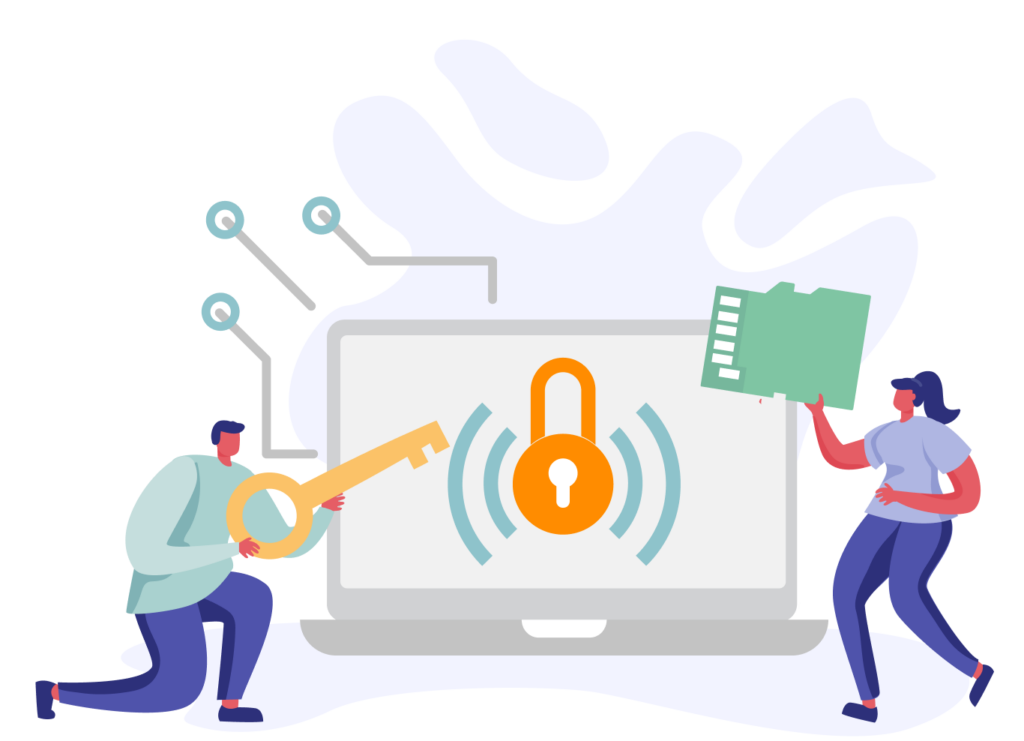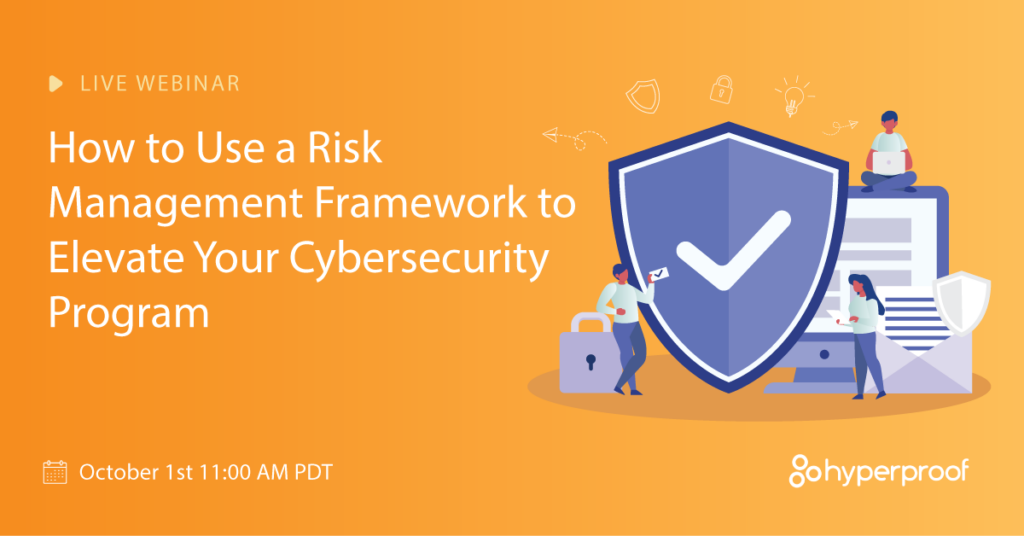
One of the most eye-popping events in cybersecurity this year has been the former head of security for Twitter, Peiter Zatko, releasing a whistleblower complaint about the social media giant, alleging all manner of shortcomings. Anyone responsible for cybersecurity audits should take note — in fact, take lots of notes.
Zatko raised concerns such as poor access controls that left the company violating a consent decree with regulators, ill-defined roles and responsibilities, an inability to segregate different types of data, and more. His 84-page complaint makes for painful reading.
One lesson, however, cuts across all of Zatko’s allegations. His complaint underlines the importance of effective cybersecurity audits, which are critical tools for finding weaknesses in your security program and assuring that those weaknesses get fixed.
So why do some companies fare so poorly with cybersecurity audits and with putting audit findings to good use? What should a cybersecurity audit actually accomplish, and what capabilities — in technology, personnel, and commitment — do you need to make audits a worthwhile exercise?
Those are questions any CISO should be able to answer, so let’s dive into them.
What is the goal of cybersecurity audits?

Fundamentally, a cybersecurity audit validates whether your current policies, procedures, and controls effectively address your company’s cybersecurity threats.
Quite often, the answer is no, they don’t. That might be because your controls have a flaw in their design (say, failing to implement multi-factor authentication at some required point) or because your company faces some new risk that your controls were never intended to address in the first place.
It’s also possible that your business operations have changed (you moved crucial systems to the cloud or began capturing new types of data), and controls that worked effectively in the past no longer work effectively now.
What to expect during a cybersecurity audit

Cybersecurity audits are meant to bring all those issues to the surface, and they do so in several ways. For example, auditors test your controls to see how well they work. Auditors also talk with people across your organization to understand the security risks and compliance obligations you face so the auditor can assess whether your controls are appropriately designed.
Most importantly, a cybersecurity audit results in an audit report. This report is a list of recommended steps to improve whatever weaknesses or concerns the auditor found. Essentially, the audit report gives you a battle plan for future improvement if you follow through and implement the report’s recommendations.
Why are audits necessary? That’s an easy question. Audits are often required to achieve compliance with regulatory obligations. For example, HIPAA (the regulations governing the protection of personal health information) and PCI DSS (those protecting credit card data) require audits of your data protection program as part of compliance with their respective standards.
Cybersecurity audits are also valuable, even aside from regulatory compliance. In today’s highly interconnected world, where organizations routinely give technology providers and other third parties access to mission-critical systems and data, you need to understand whether those third parties have trustworthy cybersecurity programs. It’s quite possible that their poor security habits could jeopardize your data, or even your customers’ data, exposing you to regulatory penalties and civil lawsuits.
Quite simply, audits illuminate the landmines in today’s cybersecurity world and help you avoid stepping on them. So, the ability to perform those audits efficiently and effectively is crucial.
How to perform cybersecurity audits

First, understand the criteria against which you want to audit. For cybersecurity, this will typically be one or more frameworks — that is, widely accepted standards for cybersecurity that you can use as a template to guide your program. Popular frameworks include:
- The NIST Cybersecurity Framework, from the National Institute of Standards and Technology
- PCI DSS, a framework for protecting payment card data
- HIPAA and HITRUST, two frameworks for protecting personal health data
- FedRAMP, a framework used by the US federal government to protect cloud data
- Numerous ISO standards from the International Organization for Standards, on issues including quality management, risk management, and information security
Your cybersecurity audit should map your existing policies, procedures, and controls for cybersecurity against the framework’s desired controls. This is known as a gap analysis since you’ll typically find numerous gaps where your security program isn’t as robust as the framework suggests.
Audits will include a phase where the auditor talks with employees in the organization to understand how business processes happen and what risks the organization faces. The auditor might ask to observe a process (say, provisioning IT access to a new user) or to view documentation that describes how a process works. All of this is to understand whether any policies, procedures, and controls need to be included; and whether they are adequately designed for the risks at hand.
Auditors will also test controls to see whether they work as intended. For example, the auditor might try to find instances where a user should be challenged to provide two-factor authentication, but that doesn’t happen, or the auditor might perform a vulnerability scan to find any flaws in ERP software that should have been patched but weren’t.
Two other points to remember here are evidence collection and the audit report.
All evidence from the cybersecurity audit should be collected and stored in a single repository to ensure that no critical data is forgotten, misplaced, duplicated, or otherwise invalidated. Auditors need a “single source of truth” so that all decisions about your cybersecurity program flow from the same data set. This means that collecting data manually — chasing people via email, storing PDFs in a shared folder, and the like — is not a valid way to manage your cybersecurity audit. The risk of errors and omissions in the data is too significant.
The audit results should then be written into a final audit report. The report will typically document all shortcomings and weaknesses found and offer a list of remediation steps your organization should take to rectify them.
This brings us to perhaps the most important point about cybersecurity audits.
What to do with your cybersecurity audit findings

Let’s bring all this back to Twitter and so many other companies. The shortcoming that can happen with cybersecurity audits occurs at the end: companies simply fail to use the findings of a security audit to improve security.
Instead, those findings should be the foundation for remediation plans. They should be translated into specific tasks — drafting a new policy, implementing a new technical control, conducting tests more often — which are then assigned to specific employees in your enterprise, who are responsible for getting the work done.
The CISO or compliance manager should also track the organization’s progress on those tasks, complete with alerts when something isn’t done by a certain deadline — and, when necessary, escalate to more senior executives so they can lean on tardy employees to finish the tasks.
Ensuring effective cybersecurity: Beyond the audit
In other words, audits, compliance, and cybersecurity risk management are all inextricably connected. An effective audit will help you with compliance and risk management, but an audit can’t truly be effective unless you have a compliance and risk management program ensures that audit findings are addressed promptly. That includes a CISO or compliance officer empowered by the board and senior management to drive a strong security program, and technology that embraces automation, dashboards, and other IT capabilities mentioned above.
Only when all that is in place can your organization take full advantage of security audits for better risk management and a more agile response to today’s challenging, complex security environment.
Otherwise, you’re just going through the motions of auditing for its own sake — and that’s not enough to protect anyone anymore. An organization must integrate cybersecurity audits within a robust compliance and risk management framework to truly benefit from cybersecurity audits. Empowering a dedicated CISO or compliance officer and leveraging advanced technologies like automation and dashboards are essential.
This approach enhances your response to complex security challenges and moves you beyond mere compliance to genuine protection. These elements are necessary for auditing to become a formality rather than a formidable defense mechanism against modern security threats.
Why use Hyperproof for cybersecurity audits?
Hyperproof offers a unique set of capabilities that streamline the audit process, making it an indispensable tool for organizations seeking to enhance their security posture. Here’s why Hyperproof stands out when it comes to conducting cybersecurity audits:
- Centralized audit management: Hyperproof provides a centralized platform where all your audit-related activities are consolidated. This means you can manage multiple audits simultaneously without the hassle of juggling various tools and systems. Everything from planning to execution and reporting is handled within a single, unified interface.
- Automated evidence collection: One of the most time-consuming aspects of audits is gathering necessary evidence. Hyperproof automates this process, reducing the manual effort required and minimizing human error. Automation ensures that evidence is collected consistently and stored securely, ready for when you need it.
- Real-time collaboration with your auditor: Audits are rarely a one-person job. With Hyperproof, you can collaborate with your auditor in real-time, sharing insights, updates, and responsibilities seamlessly, all within the Hyperproof platform. Invite your auditor to work alongside your team in Hyperproof’s dedicated audit space to make information sharing easy while ensuring they only have access to what they need. This collaborative approach not only speeds up the audit process but also enhances the accuracy and effectiveness of your audits.
- Compliance framework mapping: Hyperproof supports a wide range of compliance frameworks and allows you to map your audit processes directly to these standards. This feature ensures that your audits are always in line with the latest regulatory requirements and industry best practices.
- Seamless connection between controls and audit requests: Connect audit requests automatically to controls and their associated evidence, speeding up the audit readiness process and enabling you to reuse work for the next audit.
- Actionable insights and dashboards: After collecting audit data, Hyperproof helps you make sense of it all. The platform offers powerful analytics tools and dashboards that provide actionable insights into your security environment. These insights help you identify areas of improvement, track audit progress, and ensure that no critical issues are overlooked.
- Know the status of your audit at any time: Hyperproof’s audit dashboard helps you easily understand what requests still need to be done, what’s in progress, what’s being reviewed, and what’s completed.
- Continuous compliance: Hyperproof’s capabilities extend beyond just performing periodic audits. The platform supports continuous compliance, helping you maintain your security standards day in and day out. This proactive approach to compliance minimizes risks and keeps your organization ahead of potential security threats.
Elevate your audit strategy with Hyperproof
By leveraging Hyperproof for your audits, you are not only streamlining the process but are also enhancing the integrity and effectiveness of your cybersecurity measures. Hyperproof turns what is traditionally a cumbersome and reactive process into a dynamic, efficient, and proactive strategy.
Ready to see how Hyperproof can elevate your cybersecurity audit strategies? Request a demo today and take the first step towards a more secure and compliant future.
Monthly Newsletter
Get the Latest on Compliance Operations.









